Editor’s Note: During June, many communities are observing Gay Pride Month. Dates for events vary by city, but wherever you live, now is an appropriate time to consider the mental health challenges facing individuals, particularly youth, who “come out” with their sexual orientation.NAMI is sharing this article that originally appeared in ¡Avanzamos!, NAMI’s Spanish language magazine.
Learning to Support LGBT Children’s Mental Health and Well-Being

Since the late 1980s, lesbian, gay, bisexual and transgender (LGBT) youth of all ethnic groups have been “coming out or self-identifying at younger ages than earlier generations. Researchers believe that the average age of awareness of first attraction, whether a young person perceives his or her self as gay or heterosexual, occurs at around age 10.
While there are a range of support services for LGBT youth, few services have focused on the role or needs of families of LGBT adolescents, particularly families that are Spanish-speaking. As a consequence, families and caregivers have had little information or support to deal with sexual orientation and gender identity when young people come out during childhood and adolescence.
This prompted and Dr. Rafael Diaz and myself to start the Family Acceptance Project (FAP) in 2002—the first research, education, family intervention and policy project to help ethnically and religiously diverse families support their LGBT children. FAP is affiliated with San Francisco State University. Our team has conducted the first in-depth research on what happens in Latino families when LGBT young people come out during adolescence.
This research, conducted in English and Spanish with LGBT youth, young adults and families, identified more than 100 ways that families express acceptance and rejection of their LGBT children. This includes rejecting behaviors such as telling an adolescent that they shame the family or not letting the youth talk about their LGBT identity. It also includes accepting or supportive behaviors such as expressing affection, advocating for a gay or transgender youth when they are discriminated against by others or helping an LGBT youth get accurate information about their sexual orientation or gender identity.
Our bilingual team studied how each of these family accepting and rejecting behaviors affect the health and mental health of LGBT young people. For the first time research shows that families and caregivers have a dramatic and compelling impact on their LGBT children’s physical health, mental health and well-being. It was found that LGBT young people whose parents and caregivers reject them report high rates of depression, substance abuse, suicide attempts and risk for HIV infection. It was also discovered that LGBT young people whose parents support them show much higher rates of self-esteem and greater well-being, with better overall health and lower rates of health and mental health problems.
For example, LGBT teens that were highly rejected by their parents and caregivers were at very high risk for health and mental health problems when they become young adults (ages 21-25).
Highly rejected young people were:
- More than eight times as likely to have attempted suicide
- Nearly six times as likely to report high levels of depression
- More than three times as likely to use illegal drugs, and
- More than three times as likely to be at high risk for HIV and sexually transmitted diseases
Using this research, the FAP team has been working with Latino and other families with LGBT children for the past decade to develop a new family model to help families support their LGBT children. This new approach shows ethnically and religiously diverse families how to reduce their gay or transgender children’s risk for mental health problems and how to promote their well-being by engaging in supportive behaviors. By empowering Latino and other families with this new info, FAP has been able to show that parents and caregivers can learn to support their LGBT children once they learn how their reactions affect their LGBT children. This approach helps increase family support for young people with underlying mental health concerns. It also prevents homelessness and placement in foster care and juvenile justice programs that include high rates of LGBT out-of-home youth.
In addition to developing a new family approach to care for implementation across health and mental health systems, the FAP team is developing a range of tools and resources to help families and providers to support LGBT young people. These tools include:
- Family education booklets that teach families how support their LGBT children (in English, Spanish and Chinese). The team is also writing versions at lower literacy levels.
- Family video stories that show the journey of diverse families struggle to support their LGBT children in short documentaries that can be used by providers, families and youth. Always My Son is an award-winning short film that tells the moving story of a Mexican American family with a gender non-conforming gay son.
- Risk screening tools (FAPrisk Screener) that help providers quickly identify LGBT young people who are experiencing especially harmful types of family rejection (and related risks such as depression and suicidality) with guidance for practice and follow up care.
- Training on implementing FAP’s family support approach, engaging communities and using FAP’s research and resource tools.
For information about the Family Acceptance Project, contact [email protected]

